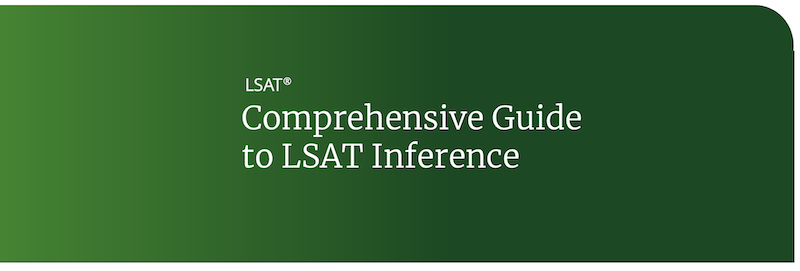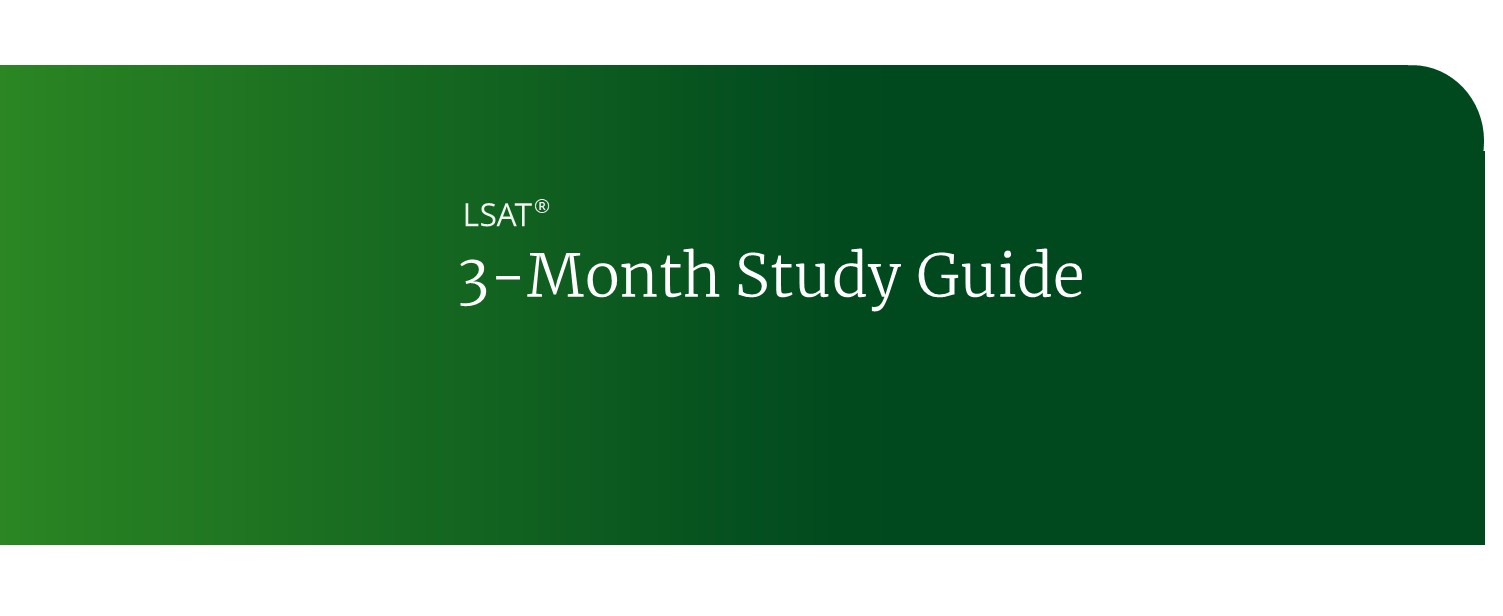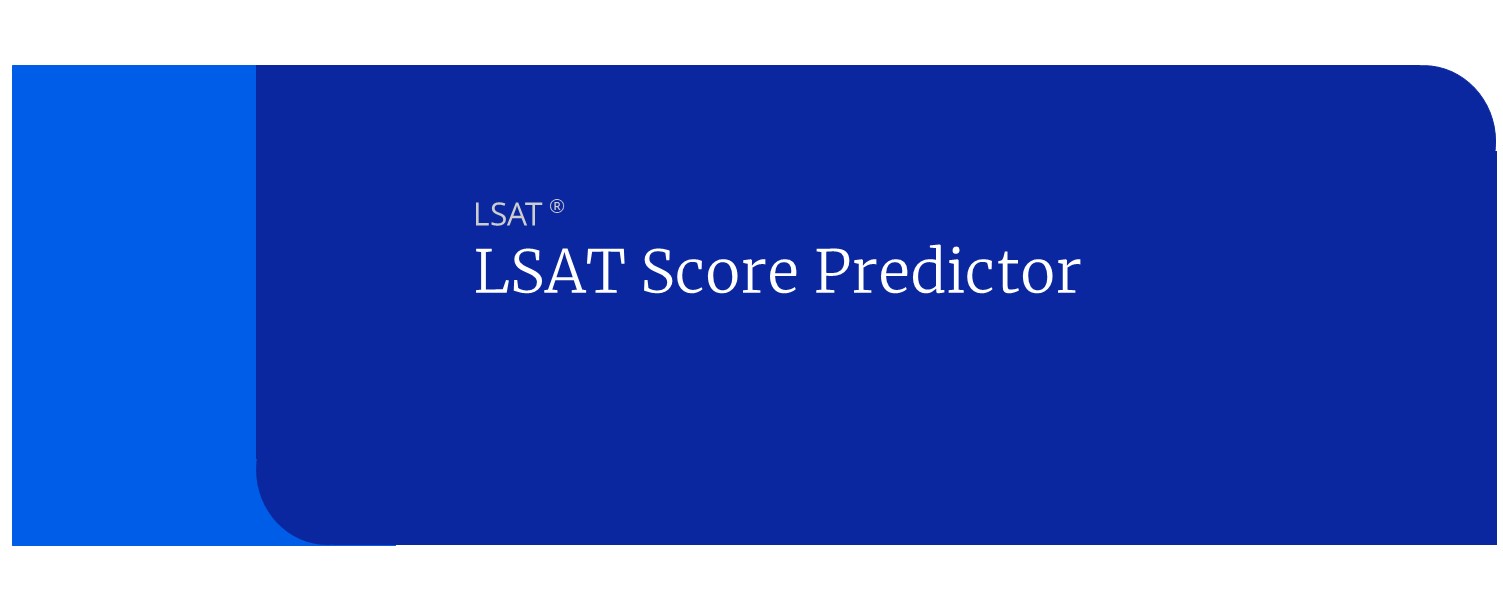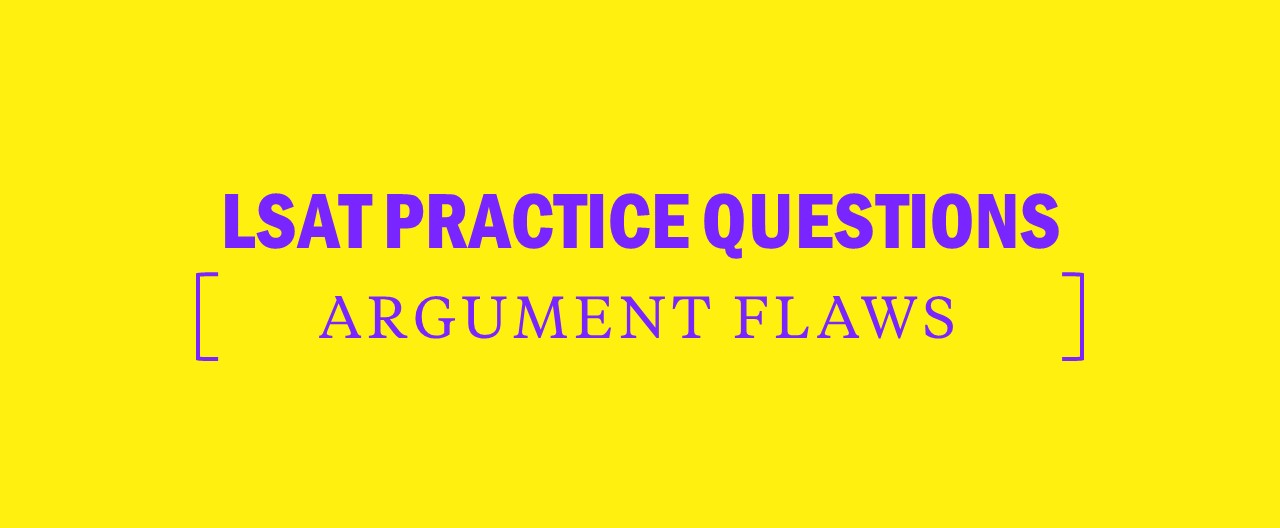LSAT Inference Questions: A Comprehensive Guide
LSAT inference questions are notorious for causing headaches among test-takers. Many students find themselves struggling to grasp the nuances of these questions, leading to a decrease in confidence and accuracy. However, with the right approach and a solid understanding of the underlying concepts, you can conquer these questions and boost your LSAT score significantly. In this comprehensive guide, we will break down the intricacies of inference questions, provide useful tips, and offer effective strategies to help you master this challenging section.
Understanding Inference Questions
Inference questions on the LSAT require you to draw logical conclusions based on the information provided in the passage. Unlike other question types, inference questions do not explicitly ask for specific information stated in the passage. Instead, you are required to make logical inferences from the given information.
Inference questions can be categorized into two groups: Must Be True and Most Supported. Must Be True questions demand that you find the only answer choice that can be logically deduced from the passage, while Most Supported questions require you to identify the answer choice that is most likely to be true based on the passage.
Key Strategies for Inference Questions
Now that we understand the basics of inference questions, let’s dive into some essential strategies that will help you tackle these questions effectively:
1. Identify the Argument Structure
To excel in inference questions, it is crucial to identify the argument structure within a passage. Determine the main conclusion, supporting premises, and any counter-arguments present. This will allow you to assess the logical relationships between ideas and draw accurate inferences.
2. Focus on Key Words and Phrases
Pay close attention to words and phrases within the passage that indicate certainty, such as “always,” “must,” or “necessarily.” These words often signal strong inferences that can be made from the passage. Conversely, be cautious of words like “some,” “possibly,” or “could.” These words tend to introduce weaker or conditional inferences.
3. Consider Both Positive and Negative Information
Inference questions require you to consider both what is explicitly stated and what is not explicitly stated in the passage. Sometimes, the absence of certain information can lead to a logical inference. Be sure to consider negatives, exceptions, and counter-arguments when making your inferences.
4. Be Careful with Extreme Language
Avoid being swayed by answer choices that contain extreme language, such as “always” or “never,” unless supported by the passage. While these answer choices may appear tempting, they often go beyond what can be logically inferred and are typically incorrect.
5. Use Process of Elimination
The process of elimination is a valuable tool in answering inference questions efficiently. By eliminating answer choices that contradict the passage or can’t be logically deduced, you increase your chances of selecting the correct answer. Remember, LSAT questions have only one objectively correct answer.
6. Practice Active Reading
Developing strong reading habits is essential for success on the LSAT. Practice active reading techniques, such as summarizing paragraphs, identifying key arguments, and predicting possible inferences before reading the answer choices. This will improve your comprehension and make answering inference questions much easier.
Practice Makes Perfect
Now that we have explored strategies to tackle inference questions, it’s time to put theory into practice. Regular practice is essential for improving your abilities in this section. Start by working through LSAT practice tests and focus on identifying the types of inference questions that give you the most trouble. Analyze your mistakes to understand the underlying logic and revisit specific question types to reinforce your understanding.
Seeking Additional Resources
If you are still struggling with inference questions after implementing the strategies above, there are a variety of additional resources available to help you improve. Consider enrolling in an LSAT prep course or working with a tutor who specializes in these question types. These resources can provide valuable guidance, offer personalized strategies, and help you develop a stronger understanding of inference questions.
Inference questions on the LSAT can indeed be challenging, but with the right approach, practice, and a solid understanding of the underlying concepts, you can significantly improve your performance in this section. Remember to identify the argument structure, focus on key words and phrases, consider both positive and negative information, be cautious of extreme language, use process of elimination, and practice active reading. By implementing these strategies and seeking additional help when needed, you will be on your way to mastering inference questions and achieving your desired LSAT score.
Next: Flaw Questions >




